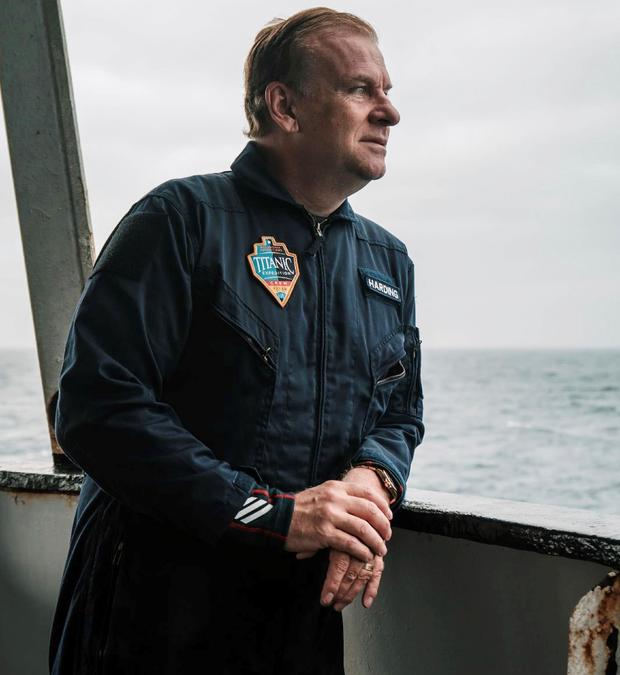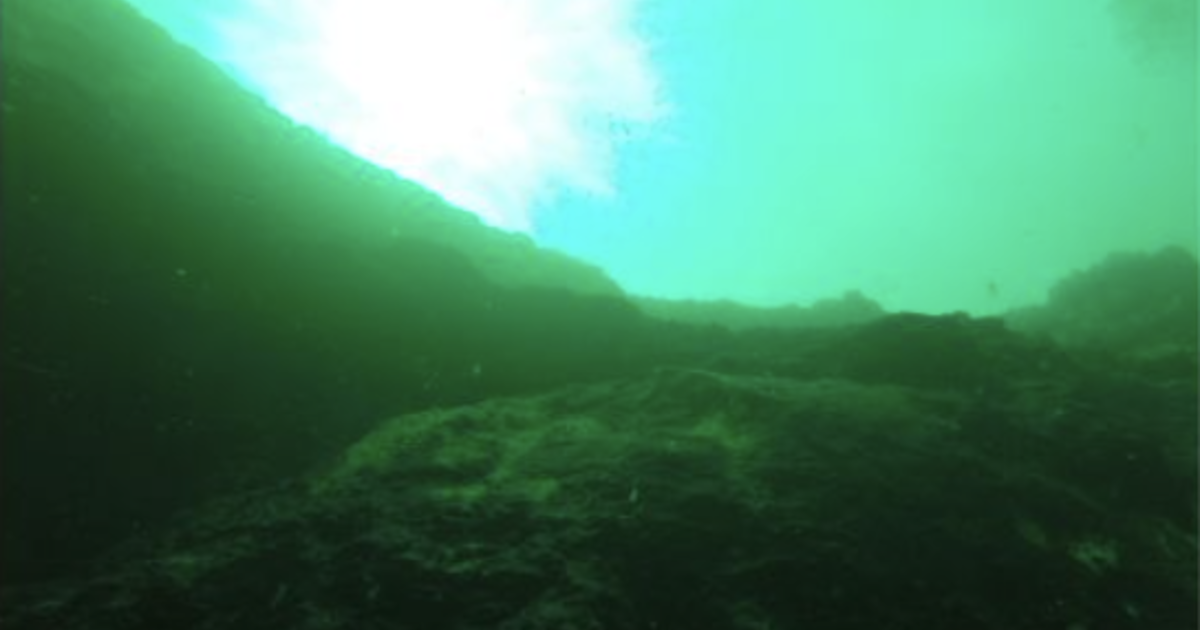Missing sub passenger knew risks of deep ocean exploration: "If something goes wrong, you are not coming back"
A submersible carrying five people to the ocean floor to see the long-sunken RMS Titanic has gone missing — and one of those passengers knew from a previous expedition to far greater depths that a situation like this could be deadly.
Just two years ago, wealthy British businessman Hamish Harding made it to the deepest part of the ocean. He traveled with U.S. explorer Victor Vescovo more than 2 and a half miles along the floor of the Mariana Trench, 35,876 feet below the sea surface. That trip, in a $48 million submersible, earned both explorers the Guinness World Record for the longest distance traveled at the deepest part of the ocean by a crewed vessel.
It was a mission he was proud to accomplish, but also one that he knew could pose disastrous consequences.
"It was potentially scary, but I was so busy doing so many things—navigating and triangulating my position—that I did not really have time to be scared," Harding told India news outlet The Week after the excursion.
Just like the now-missing Titanic submersible, the one he took down to the trench had an estimated four days of oxygen on board as a safety measure. But he told The Week that amount wouldn't be enough should problems arise at great ocean depths.
"The only problem is that there is no other sub that is capable of going down there to rescue you," he said. "...So, having four days of supply doesn't make a difference really. If something goes wrong, you are not coming back."
On the current OceanGate expedition, Harding and his fellow passengers encountered just such a harrowing situation. The sub, which went missing on Sunday about 900 miles east of Cape Cod, had less than an estimated 40 hours of breathable air left as of Tuesday afternoon, making search and rescue operations dire.
Once that time expires, there wouldn't be an automatic transition to a recovery operation, Coast Guard Capt. Jamie Frederick said Tuesday, adding that the future of the "incredibly complex operation" is determined by several factors.
Shortly after midnight on Wednesday, the Coast Guard said crews had picked up underwater noises in the search for the sub. So far, however, they have not found what created the noises.
OceanGate, the company leading the trip to see the Titanic wreckage, also led expeditions to the site in 2021 and 2022, and says on its website that it planned to do so every year. Along with including "qualified" civilians on the trip, OceanGate also sends crewmembers who can lead research on the ship's debris.
Harding shared a message on his Facebook page Saturday about plans for his upcoming adventure: "I am proud to finally announce that I joined OceanGate Expeditions for their RMS TITANIC Mission as a mission specialist on the sub going down to the Titanic."
"A weather window has just opened up and we are going to attempt a dive tomorrow," he wrote. "...More expedition updates to follow IF the weather holds!"





